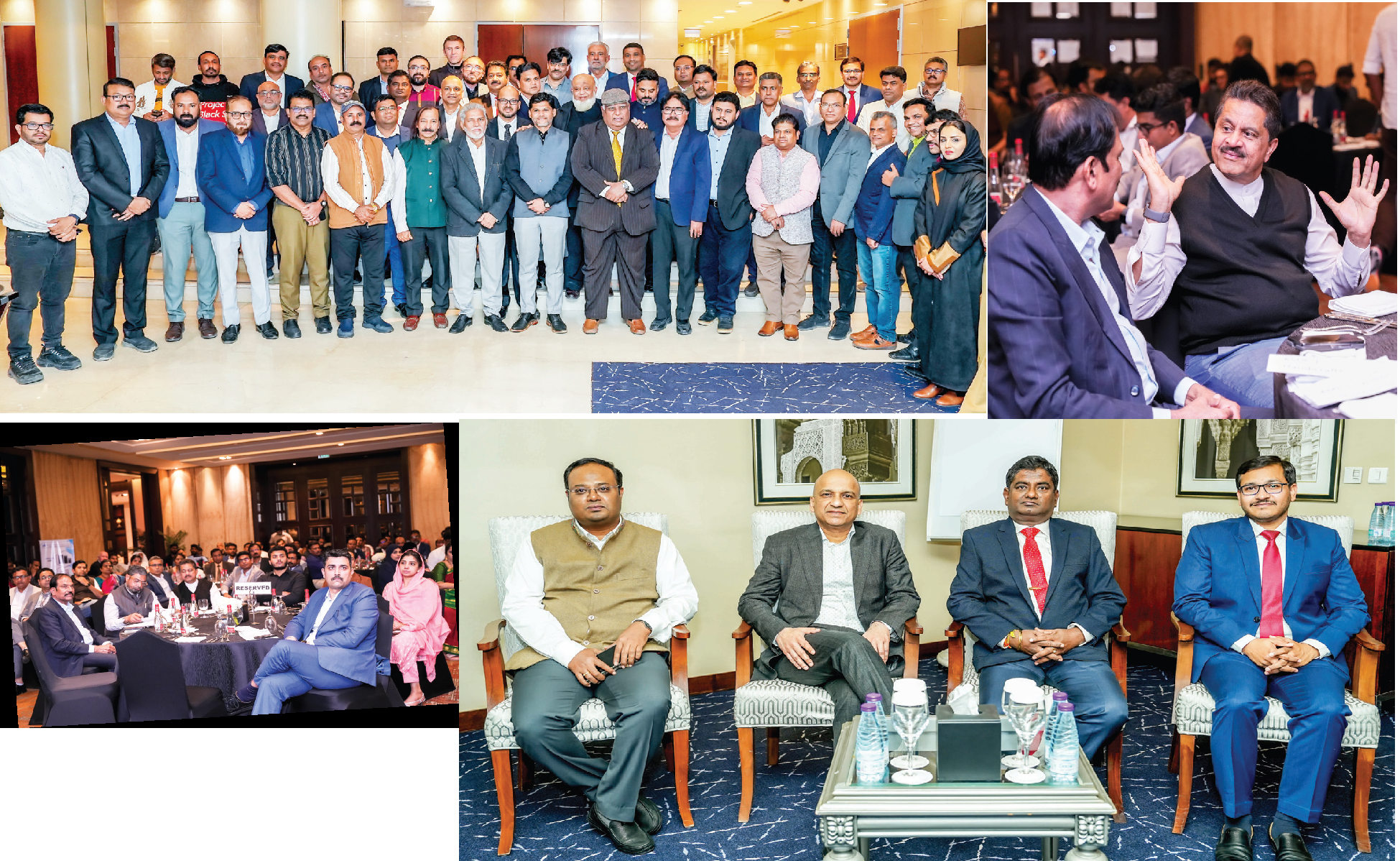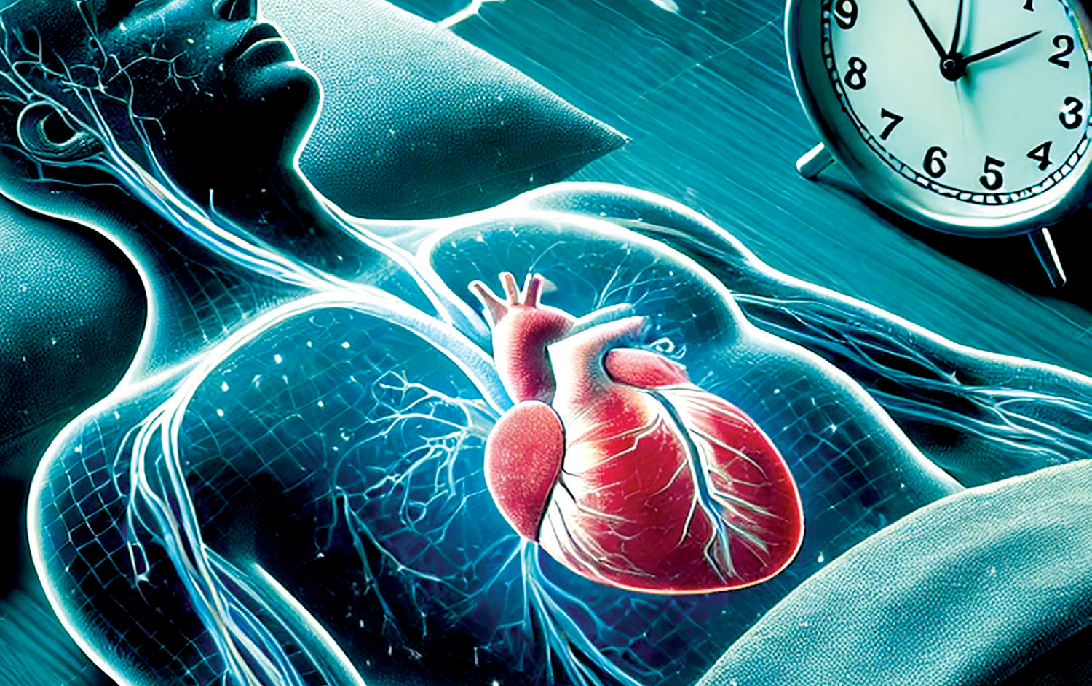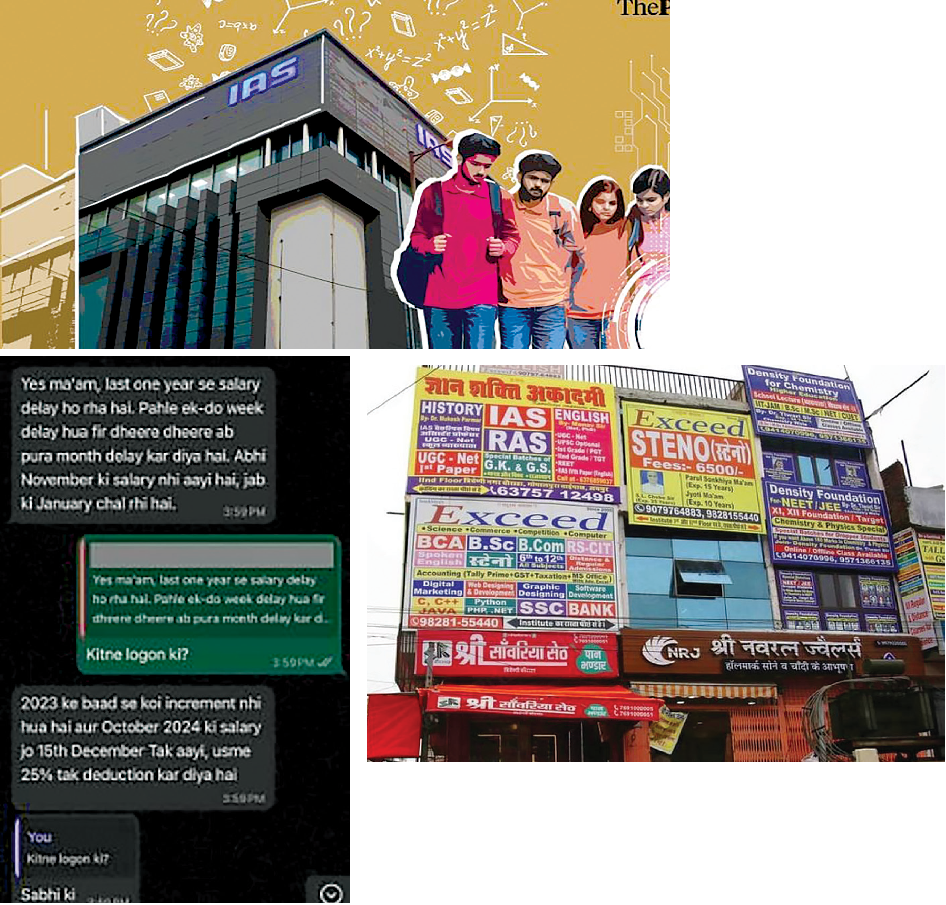
Small monochrome sketches with big messages
The art of cartooning evolved over the last century in India and gradually made its way into newspapers and magazines, discovers Ranjani Govind
The Indian Institute of Cartoonists (IIC) has organised an exhibition of 90 hilarious cartoons by the renowned Austrian cartoonist Klaus Pitter from December 11 to 25 at the Indian Cartoon Gallery. “It is the 175th exhibition at the Gallery. Klaus has illustrated a series of books on environmental education, many school texts and comic books. I am elated to have been behind an institute that represents the cartoonists of India,” says cartoonist V G Narendra, Managing Trustee, Indian Institute of Cartoonists (IIC), as he opens up a large topic on the wide spectrum of cartoon works housed at the Indian Cartoon Gallery of the IIC.
For a long time despite the art of cartoons gaining popularity, there was no national level organisation to represent these artists. A body to recognise and showcase was necessary for the art to flourish. This is where the Bengaluru-based Indian Institute of Cartoonists stepped in.
While the IIC was formed in 2001, the Bangalore Cartoon Gallery, its exhibition space, steps into its 15th year now with 175 national and international exhibitions to its credit.
The subtle art of cartooning is said to have evolved over the last century in India that gradually found its space into the newspapers and magazines. Over the years the subtle messages in the small monochrome sketches caught the eye of not just the commoners or the general public, but had dictators, heads of government, monarchs, ministers and people in power who observe and relish the sarcasm or the sense of humour.
In 2001, the IIC in its inaugural valedictory function felicitated leading cartoonists of India with a Lifetime Achievement Award. Some of the recipients were Mario de Miranda, S.K. Nadig, S.D. Phadnis, Pran, Gopulu, Bapu, Yesudasan. Since it was the only national institute to represent the progress of the cartoon art, lively sessions followed, with international galleries recognising and taking part in the IIC proceedings year after year. Later the generous offer of Ashok Kheny, MD of NICE Corridor, an ardent admirer of cartoons, helped the institute get 5000 sq ft of space as gallery space for exhibitions, library and conference hall.
All these years have meant a lot for the growth of the IIC where workshops and exhibitions have been regularly happening. Although the art of cartooning came to India as a British import, the word ‘cartoon’ is an Italian derivative which means ‘large paper,’ says Narendra, a political cartoonist who retired from ‘Shankar’s Weekly’ that was run by the late Shankar Pillai, a pioneer of Indian cartooning. “The initial years of the Institute saw me contacting cartoonists from my house in Nandini Layout. It is only when the Indian Cartoon Gallery, the only one in India, was brought forth did the real picture emerge.
Some cartoonists who have even been mentors to the Institute include Mario de Miranda, R.K. Laxman, Ponappa. The role of the legendary Mario de Miranda, the institute’s chief patron, helped the institution get a boost. “Mario, who visited Bengaluru often, was the main person to advice and guide me into starting this institute. But from politician and cartoonist Bal Thackery to Abdul Kalam and most other senior cartoonists, we received their backing to flag off the cartoon institute and gallery,” says Narendra fondly reminiscing incidents of support.
In 2008 we started the Maya Kamath Memorial Awards competition for excellence in political cartooning and best budding cartoonist. It brought in international entries from China, Russia, U.S. and European countries. It has a one-lakh cash prize awarded and has become India’s popular ‘organised contest,’ with exhibitions every month for professional and amateur cartoonists. We have had hundreds of cartoon workshops and trained more than 2000 persons,” he says.
The gallery’s fifth anniversary showcase was special as it brought in over hundreds of RK Laxman’s sketches, as the cartoonist’s nephew RS Krishnaswamy helped bring these delightful doodles for people’s viewing that drew an overwhelming response. IIC also had a rare Chinese cartoonist Liu Qiang’s solo show whose work without texts are known for carrying powerful socio-political messages. “We are happy to be hosting such variants in cartoons as political, pocket, strip, caricature, comics, illustrations and doodle,” he says.
Talking of the quality cartoons and illustrations that make it a heritage space Narendra says, “We have more than 150 originals of Mario Miranda’s line of work, apart from 15 books by him, all received straight from his family. Our nearly 2000 boo
 English daily published in Bengaluru & Doha
English daily published in Bengaluru & Doha






